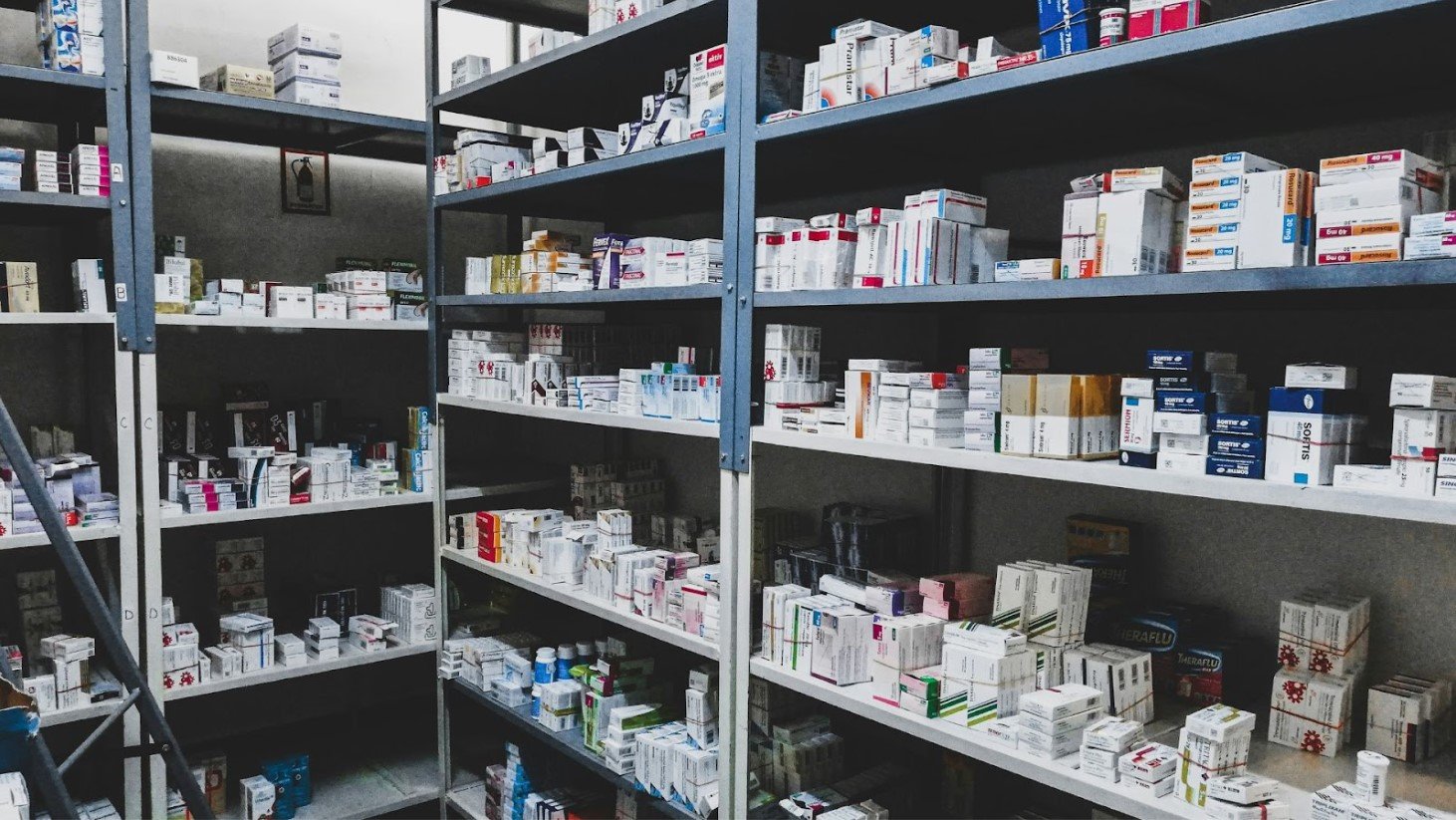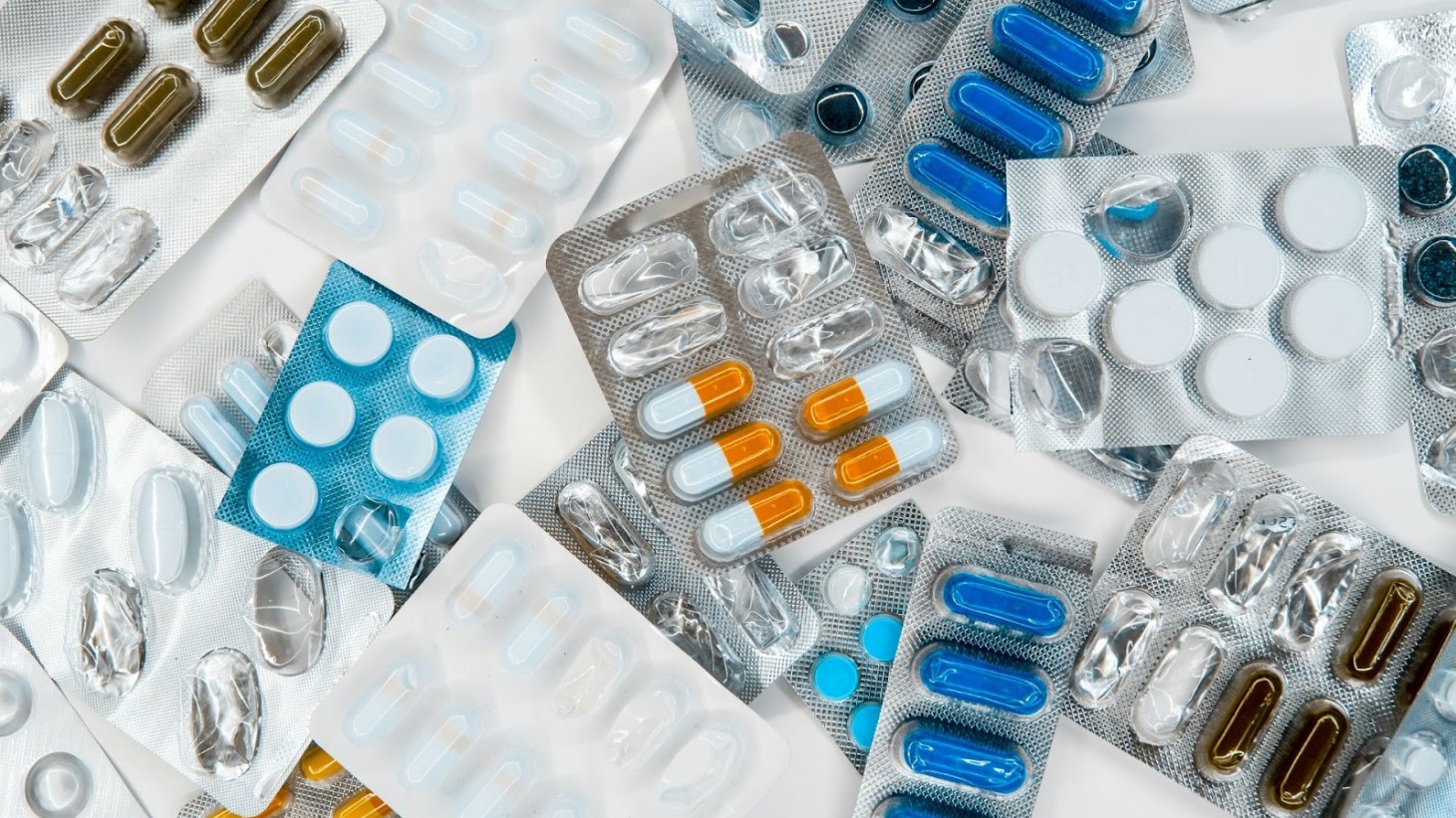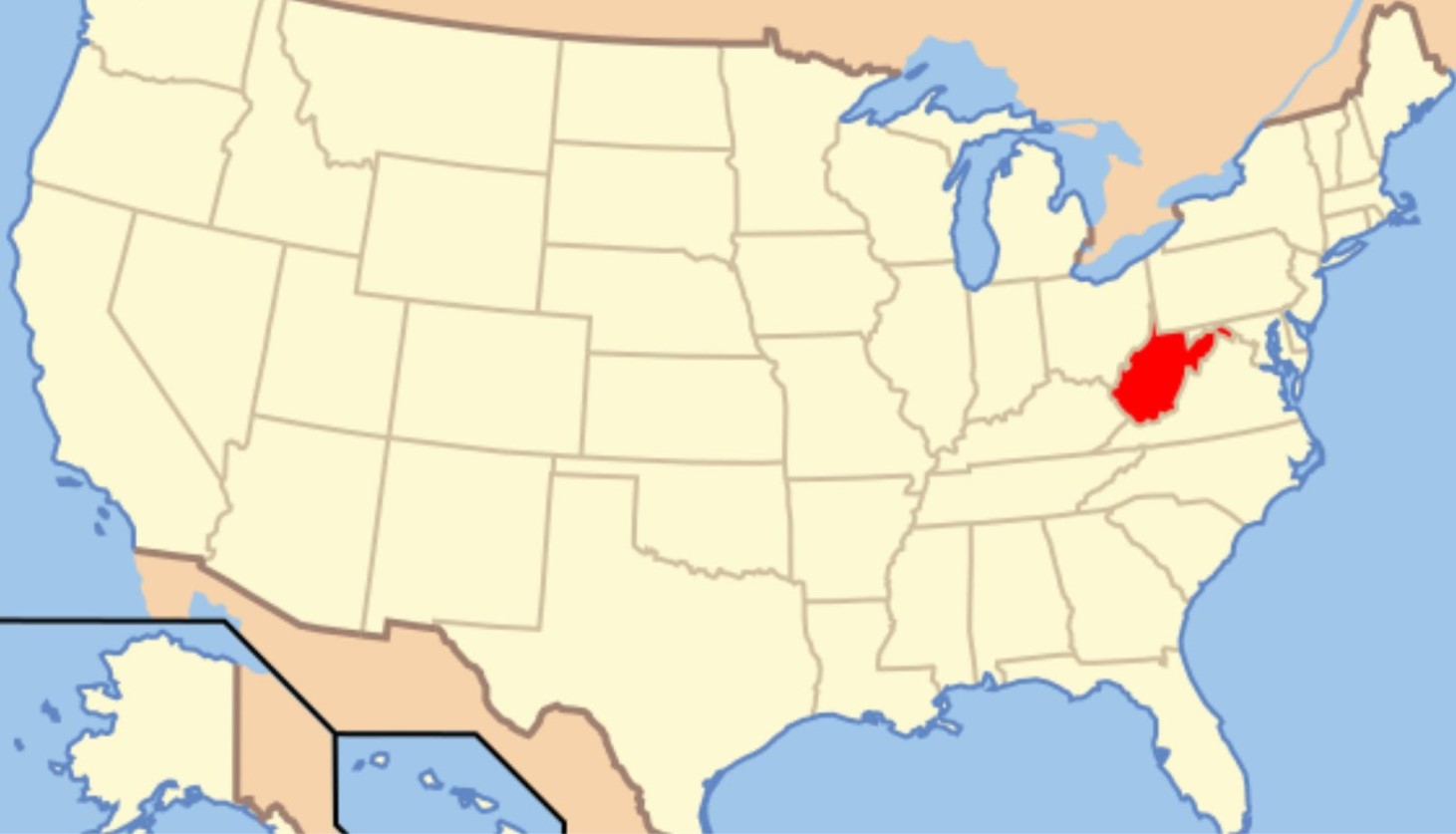The US is facing a significant drug shortage crisis, affecting one in five citizens who cannot access the medications they need each month. This shortage spans a range of essential drugs, including those for cancer, epilepsy, and type 2 diabetes.
There are various causes for this shortage, including manufacturing issues, supply chain disruptions, and natural disasters.
Breaking Down the Shortage Statistics

According to a ValuePenguin analysis of US census data, 19% of people surveyed faced a shortage of medicine or medical equipment. They found that 15% of these people couldn’t get a prescription medicine, 5% couldn’t get an over-the-counter medicine, and 3% didn’t have access to home medical equipment.
This data highlights the widespread impact of the shortage, affecting both prescription and over-the-counter medications.
The Aftermath of 2022’s Supply Chain Problems

The Daily Mail reports that the supply chain issues that plagued 2022 continue to impact medical supplies in the present day. The report suggests that these ongoing issues are partly to blame for current medical shortages.
Additionally, the COVID-19 pandemic has played a role by causing historic declines in the manufacturing industry and increasing the demand for various medications and equipment.
Consequences of Medication Shortages

The repercussions of these shortages are severe.
The Daily Mail reveals that the report found that around 49% of Americans facing a shortage have been forced to delay or completely go without treatment for their conditions, 24% have suffered negative health consequences and 32% have experienced mental distress.
A Personal Struggle Amidst Shortage

One example is Floridian Laura Bray, whose daughter Abby, undergoing leukemia treatment, had an allergic reaction to a crucial drug, The Daily Mail reports.
The alternative medication, Erwinaze, was in national shortage with an average waiting list of 15 months. However, Laura’s relentless efforts through her nonprofit, Angels for Change, led to acquiring the drug in just 10 days.
The Financial Impact of Drug Shortages

The drug and medical device shortages are leading to increased costs, which are ultimately borne by consumers. Patients face higher out-of-pocket costs and insurance premiums as a result, per information from The Daily Mail.
The financial burden adds to the stress of individuals already struggling to access necessary medical treatments.
Comprehensive Survey Insights

Research based on the US Census Bureau Household Pulse Survey’s week 62 data aimed to quantify the impact of these shortages. It covered prescription medicines, over-the-counter drugs, and home medical equipment.
This survey was crucial in understanding how these shortages are affecting the lives of Americans across the country.
The Cost Burden on Americans

The financial strain of these shortages is evident, per information from The Daily Mail.
The report found that of Americans who pay for prescription medication, 31% struggle to afford them, and 57% are actively worried about the price of health insurance and the future of healthcare.
West Virginia’s Distinct Challenge

The Daily Mail reports that West Virginia is the affected state, with almost a quarter of its adult population experiencing medical shortages.
The report also shows that 20% of adults didn’t have access to prescribed medicine, which is the highest proportion of people nationwide. This situation is especially concerning given the state’s high rate of drug use.
Other States Facing Severe Shortages

South Carolina and New Hampshire are also severely impacted, with 24% and 23% of adults respectively facing shortages, reported by The Daily Mail.
These states, along with West Virginia, are dealing with substantial medical staffing shortages, which exacerbates the problem of accessing necessary medications.
Comparatively Lower Impact in Some States

In contrast, states like Hawaii, Wisconsin, and Vermont are less affected by drug shortages.
They report only 11%, 14%, and 15% of adults struggling with this issue in the past month, The Daily Mail reveals.
The FDA’s List of Shortages

Currently, there are 123 drugs listed by the FDA as being in short supply. This list includes medications used to treat a variety of different conditions, indicating the breadth of the shortage problem.
The Daily Mail reports that the situation is critical, with drug shortages affecting everything from children’s fever medicines to essential hospital drugs, reflecting the healthcare system’s vulnerability to supply chain disruptions and manufacturing issues.








































